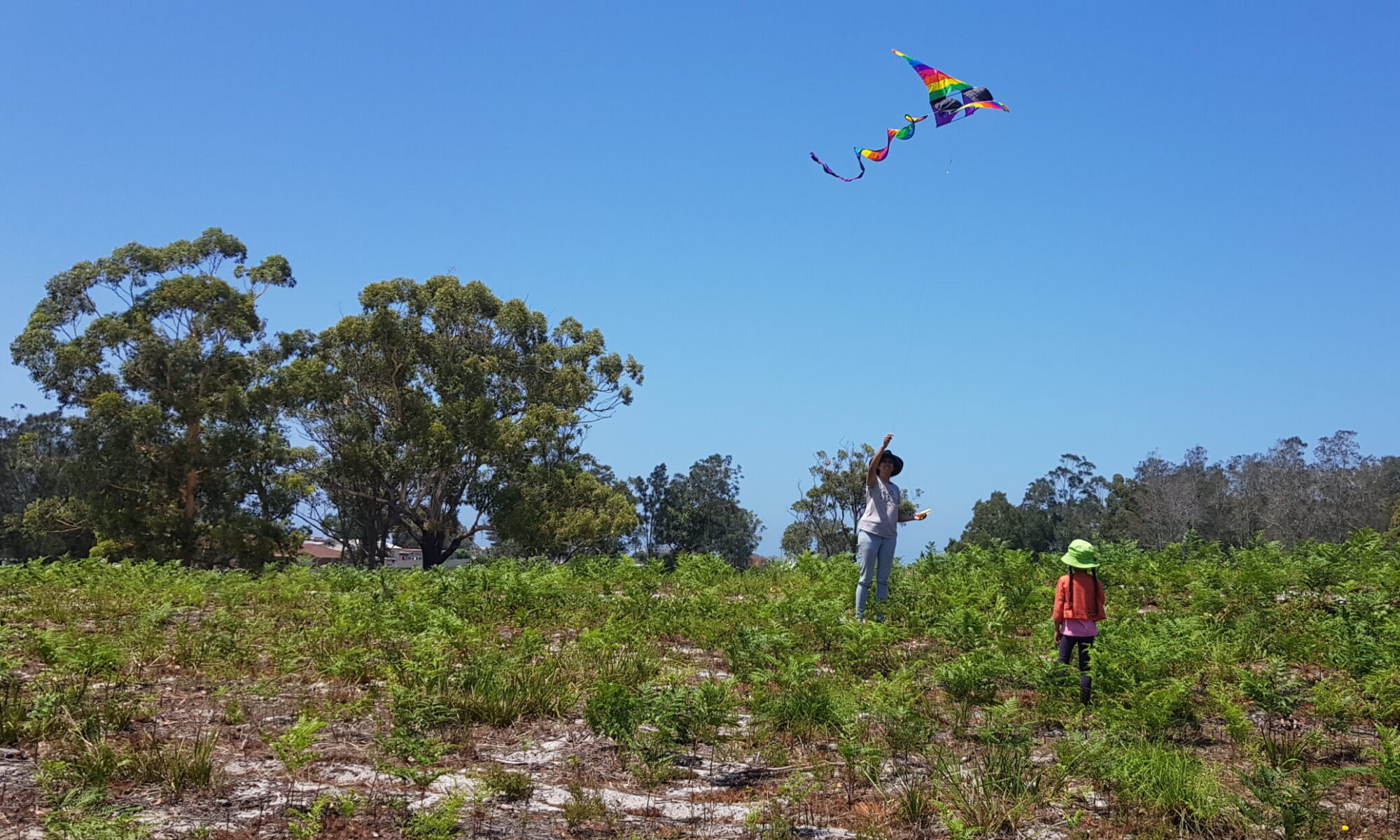Health problems arises when humans don’t have negative charge contact with the Earth. Insulated from ground by rubber, synthetics, timber or other non-electrical conductive materials.
The surface of the earth is charged negatively and the ionosphere, about 96km above, is ionised by the Sun with particles split into negative and positive charges. Negative charges are transferred to the Earth’s surface, mainly through lightening, leaving behind positive charges.
Grounding Benefits
Grounding benefits may include:
- Healing
- Reduced inflammation
- Pain reduction
- Improved sleep
- Reduced PMS in women
- Autoimmune healing
The earth’s surface has a virtually limitless supply of mobile electrons that gives the ground we walk on (as well as lakes and oceans) a natural negative electric charge. When you touch your body to the ground, it dissipates static electricity and extraneous environmental electrical charges that are on you. At the same time, you receive a charge of energy in the form of free electrons and your body synchronizes with the natural frequencies of the earth.
earthing.com
How to Get Grounded
- Walk Barefoot in the grass, sand, dirt or soil for 30 minutes or more in the day.
- Avoid wearing shoes, or wear thongs (flip flops, chappals) so you may transition to Barefoot easier and more regularly.
- Get ground contact with:
- Grass, sand, soil, gravel and rock, that is touching the earth.
- Unsealed concrete that is touching the earth.
- Unsealed brick that is touching the earth.
- Water at beaches, rivers, ponds, lakes or creeks.
- Run flat metal tape or copper wire, across the bed, wired to a ground rod.
- Build homes with earthen floors and grounding rods.
Earthen Floor Construction
See also Natural Plaster Walls
Construction Method Idea:
For our farm conditions… Check Argon levels.
- Lay any wiring, pipe or drainage. Including perimeter French drains.
- Damp proofing vapour, argon and termite barriers around sides and wall edges.
- Spread diamatacious earth as insect, termite and ant reduction barrier.
- Level and compact existing sand base.
- Level and compact crushed Oyester shells.
- Spread more diamatacious earth as insect, termite and ant reduction barrier.
- Pin in metal ground earthing rods through substrate with top of rods finishing at floor surface level.
- Add either earthen or lime hempcrete floor.
- Screed with lime finish
- Linseed oil Sealant
Ingredients:
Clay, sand, straw and gravel. Or hemp hurd and fibre. Take time to carry out tests to get the perfect ratios. Working quickly archives a consistent result.
To ASSESS Clay taken from the property’s subsoil;
- Take a shovelful into a bucket.
- Add a small amount of water, squish and breakdown any lumps.
- Once malleable, first roll it into a ball, then roll out into a sausage shape before forming it into a doughnut.
- If you are able to create the ring without any cracks appearing, it’s likely the clay content is appropriate to use in a mix to create an earthen floor.
- If not, you may need to purchase bagged builders clay.
3 Layers
An earthen floor is made up of 3 or 4 important layers:
- SUBFLOOR Foundation: must be solid, usually compacted gravel. Or crushed compacted Oyester shells may be suitable.
- 150mm layer tampered Gravel for drainage,
- 20mm layer tampered Sand.
- Optional vapour barrier layer, Argon ant termite barriers. Builders plastic sealed at joins, sandwiched between 2 layers of Geofabric.
- Optional Grounding rods, bare metal stakes, hammered in through vapour barrier and sealed.
- Lay any wiring, piping or drainage.
- 75mm Road Base layer, made of various size aggregates and clay soil, dampened and compacted.
- COB: tested mix of clay, sand and fibres like chopped straw, sugarcane mulch or hemp fibres. Using a 20L bucket, test a starting ratio mix of:
- 1 part Clay: 3 parts Sand: 10% fibre.
- Form a series of balls to dry. If a ball is dusty/crumbly then too much sand, if hard/cracking then too much clay.
- Frame up a square to the same depth as the final floor, lay the mix and dry naturally, while preparing subfloor. Any cracks or significant shrinkage will determine whether you need to alter your mix.
- TOP LAYER: combine optimum ratio of Cob ingredients mix.
- Pile onto prepared subfloor in batches. Smooth using a concrete float.
- Lay timbers cut to the same thickness, as screed rails for a level surface. Beware as the timbers will absorb moisture faster, so pull them out and backfill. Work the surface to the desired smoothness of the finished floor.
- Optional Screed Layer?
- FINISHING SEAL: When oiling and waxing, it hardens to become more water resistant, creating a floor that outlives it’s occupants. 1 part mineral solvent : 3 parts linseed oil. Applied in 3 to 4 coats. Polish floor using a mix of beeswax and linseed oil.
The floor will scratch and wear like timber. Keep a sealed bucket or 2 of cob and oil mix in a cool place. Reapply the oil and wax every 2 years to keep it looking it’s best.

